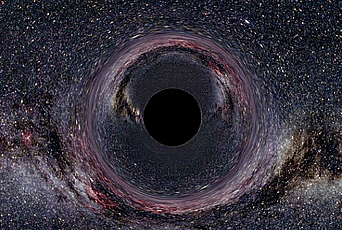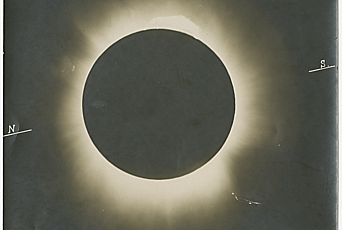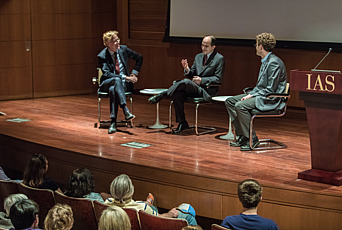Event Horizon Telescope Will Bring Humanity to the Brink of Spacetime
The Event Horizon Telescope (EHT) Project, which aims to capture the first-ever image of a black hole, will make a major announcement on Wednesday, April 10, at 9:00 a.m. EST (13:00 UTC) that can be viewed live from the player above.
With properties that defy logic, black holes have captured the imagination of society and redefined current conceptions of what is possible. Black holes, which were predicted as a result of founding IAS Professor Albert Einstein’s theory of general relativity, remain one of the most tantalizing objects in the universe.
EHT quite literally qualifies as a global project. The team conducted its research by turning the Earth into one giant eye. Using super-powered radio telescopes located across the globe, the team has targeted Sagittarius A*, the black hole at the center of our galaxy, approximately 26,000 light years away and comprised of about 4.1 million solar masses, along with M87, a supermassive black hole 54 million light years from earth, 7 billion times the mass of the sun.
EHT represents a multinational effort involving more than 100 researchers, including School of Natural Sciences Members Dimitrios Psaltis (2001–03), who is the Project Scientist; Feryal Özel (2002–05); Buell Jannuzi (1990–95); Charles Gammie (2006-07); and Ramesh Narayan (1987–88, 1994, 2001 and Visitor in the School of Mathematics in 1989).
Bending light and our minds, the event horizon of a black hole refers to a cosmic point of no return. However, from this infinite precipice, scientists may glean clues that challenge current theories, reveal new physics, and raise questions that have yet to be asked.
Major press conferences will be held around the world and will be broadcast online via the following channels:
- Brussels: European Commission | YouTube
- Santiago: ALMA | Facebook, Twitter, YouTube
- Taipei: Academia Sinica | YouTube, Facebook
- Tokyo: National Astronomical Observatory of Japan | YouTube, Niconico
- Washington: National Science Foundation | YouTube
Read more about the Event Horizon Telescope project.


